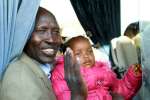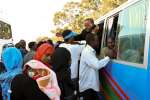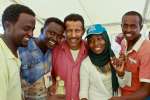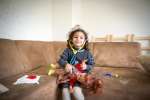Refugee Resettlement: An International Handbook to Guide Reception and Integration: Contents
Resettlement, 1 October 2002
- The High Commissioner's Foreword
- Introducing Integration: Some Personal Views
- Contents and List of Tables
- Key Websites and Acronyms
- Acknowledgements
- Using this Handbook
Part One – Putting Principles into Practice
- 1.1 Why Offer a Formal Refugee Resettlement Program?
- 1.2 Introducing this Handbook
- 1.3 Laying the Foundations for Integration: Planning Goals
- 1.4 Implementing Integration in COntrasting Global Settings
- 1.5 Establishing a New Integration Program
Part Two – Applying the Framework in Key Program Areas
- 2.1 Matching People with Communities: Placement in the Receiving Society
- 2.2 The First Weeks and Months: Reception Arrangements
- 2.3 Promoting Integration through Early Settlement and Social Support
- 2.4 Meeting Immediate Material Needs: Income Support and Establishment Resources
- 2.5 Easing Early Communication: Language Assistance
- 2.6 Fostering Independent Communication: Language Training Programs for Adult Resettled Refugees
- 2.7 Making Sense of a New Country: Orientation Programs and Processes
- 2.8 A Place to Call Home: Access to Secure and Affordable Housing
- 2.9 Building Bridges to Economic Self-sufficiency: Employment and Training
- 2.10 A Healthy Start: Access to Health Care
- 2.11 Creating Welcoming and Hospitable Communities and Restoring Faith in Government
Part Three – Planning for All



















































